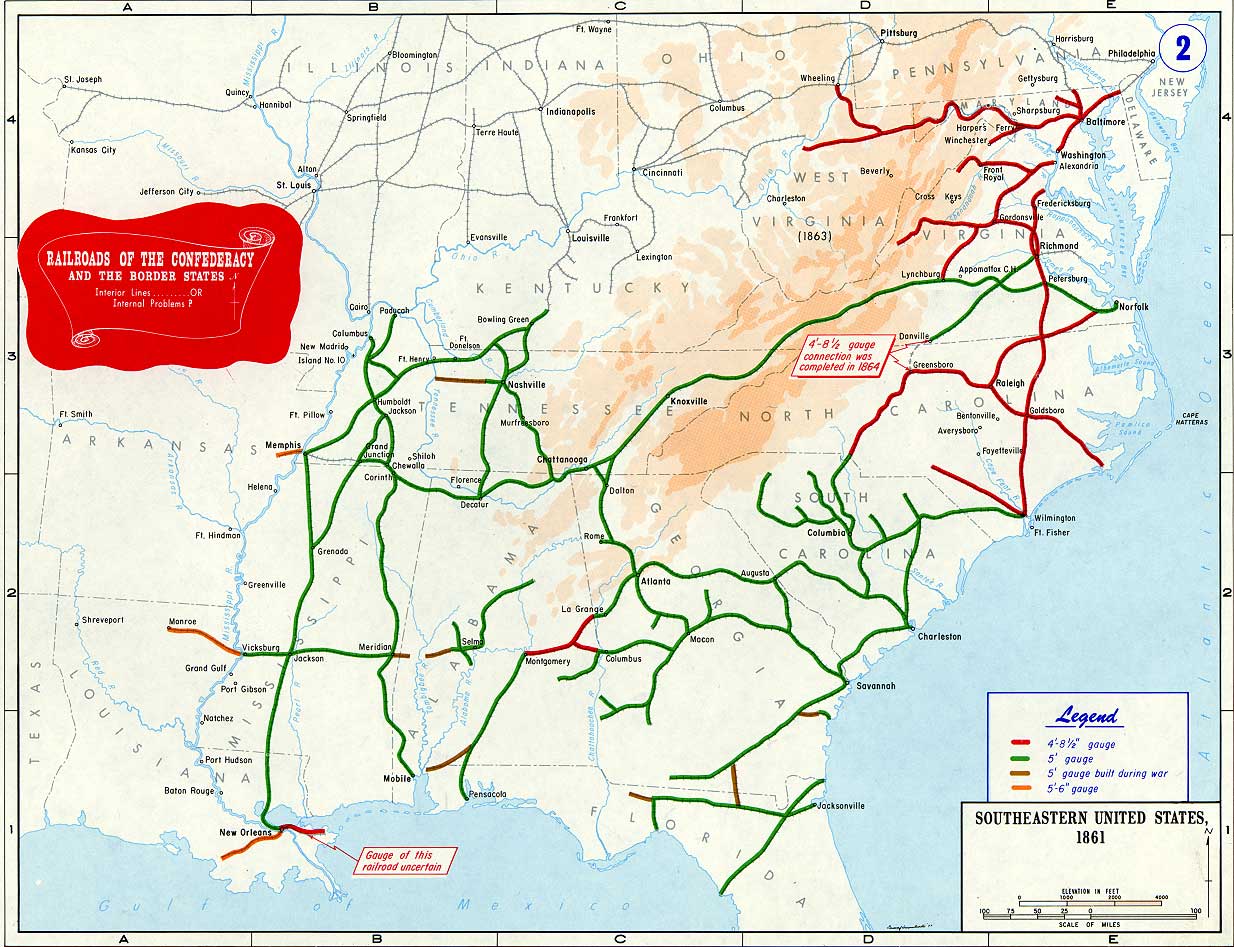
Here is a listing of top US cities, by population, in 1860
The first thing you'll notice is that compared to such metropolises as New York (#1, with Brooklyn 1,080,000 people), Philadelphia (#2, 565,000) and Boston (#5, 178,000), Southern cities are all quite small -- with two exceptions: Baltimore (#4, 212,000) and New Orleans (#6, 167,000).
In the secessionist Deep South, in addition to New Orleans, there were three ports of note: Charleston (#22, 41,000), Mobile (#27, 29,000) and Savanah (#41, 22,000).
Also: a long list of smaller ports (Brunswick, Fernandina, Jacksonville, Cedar Key, St. Marks, Pensacola), all interconnected via railroads & telegraphs, which made it somewhat irrelevant as to which particular port a ship might land.
These small ports later became critical to Confederate blockade running ships.
Point is: there was nothing unique or special about Charleston Harbor, except, of course, that it was the heart & soul of the Slave Power's secessionism.
Plus, it was almost the only Federal property that Dough-faced Democrat President Buchanan had not already abandoned by the time Lincoln took office, on March 4, 1861.
So, for the Confederacy, the issue at Fort Sumter was their pride and honor.
For Lincoln, it was his oath of office, to preserve, protect and defend the Constitution:
